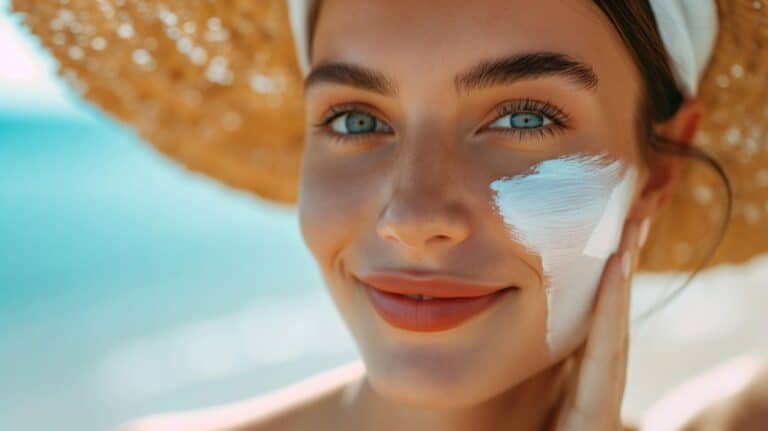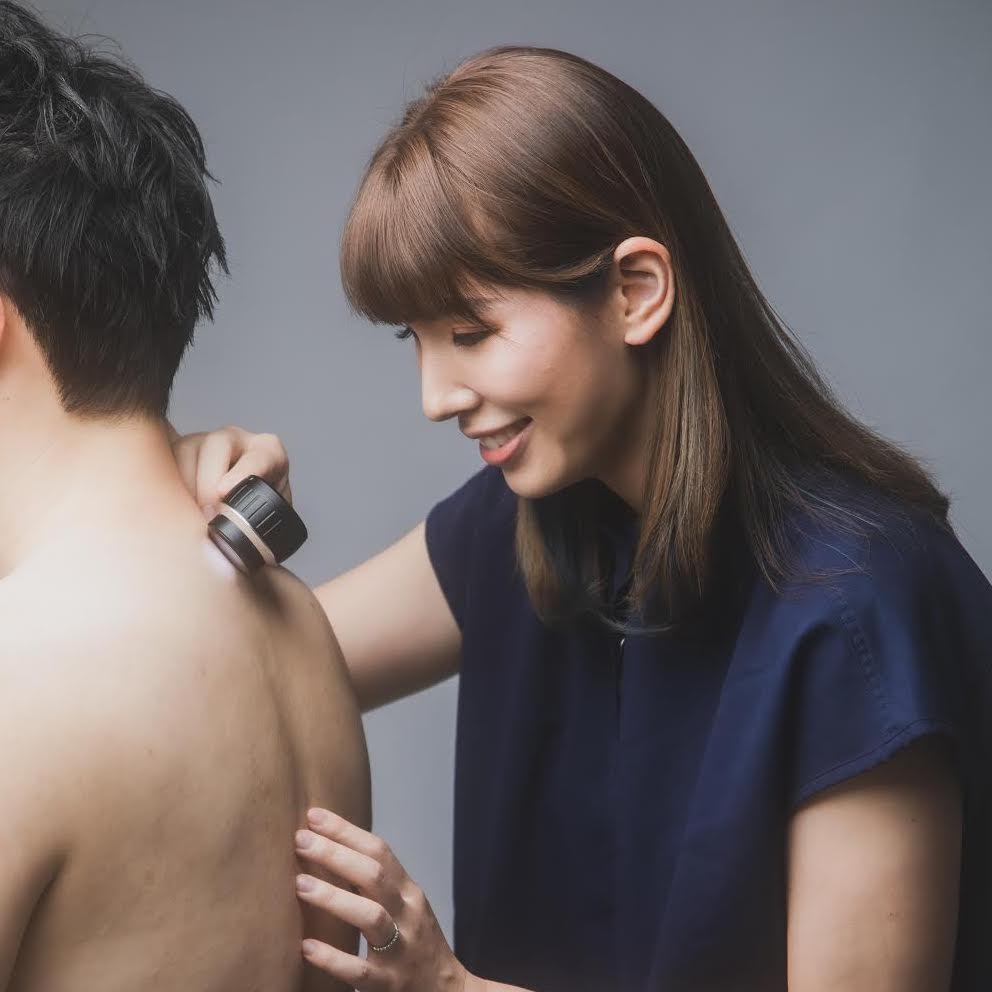Prolonged exposure to UV radiation can cause damage to the DNA in skin cells, leading to mutations that can result in the development of skin cancer. Additionally, UV radiation can also cause premature aging of the skin, including wrinkles, age spots, freckles and loss of elasticity.
The most common types of UV radiation, include UVA and UVB, both have varying effects on the skin:
- UVA rays penetrate deeply into the skin and are primarily responsible for long-term skin damage such as premature aging, age spots and wrinkles. UVA rays contribute to the risks of developing skin cancer such as melanoma.
- UVB rays are more intense than UVA rays and primarily impact the outer layer of the skin, being the primary cause of sunburn. They play a crucial role in the development of skin cancers such as basal and squamous cell carcinomas.
Both UVA and UVB rays inflict damage on skin cells and heighten the risk of skin cancer development. UV radiation is also emitted by tanning beds and other artificial sources, which can be just as harmful as natural UV radiation.
The Link Between UV Radiation and Skin Cancer

There is a clear link between UV radiation and skin cancer, with prolonged exposure to UV radiation being one of the primary risk factors for developing the disease. When the skin is exposed to UV radiation, it can cause mutations in the DNA of skin cells, leading to uncontrolled growth and division. This can result in the formation of cancerous tumours.
Here are some key points about UV radiation and its impact on skin health:
- DNA Damage: UV radiation can cause direct DNA damage in skin cells. This damage can lead to mutations during cell replication, increasing the risk of skin cancer, including melanoma, basal cell carcinoma, and squamous cell carcinoma.
- Immune Suppression: UV radiation can suppress local immune responses in the skin, making it harder for the body to repair damaged DNA or fight off early cancerous changes.
- Photoaging: UV radiation can also cause premature aging of the skin including wrinkles, pigmentation changes (age spots), and sagging. This is due to the damage that UVA rays can cause to the collagen and elastin in the skin, leading to a loss of elasticity and firmness.
- Sunburn: Acute overexposure to UVB rays causes sunburn, characterised by redness, pain, and sometimes blistering. Repeated sunburns increase the risk of developing skin cancer.
- Eye Damage: UV radiation can also harm the eyes, leading to conditions such as cataracts and photokeratitis (sunburn of the cornea).
By understanding the risks of UV radiation and taking proactive measures to protect your skin, you can significantly lower the likelihood of developing skin-related health issues. Protecting your skin from UV radiation is crucial. Using sunscreen, wearing protective clothing, sunglasses and seeking shade during peak sun hours can reduce the risk of skin damage, skin cancer and eye conditions.




